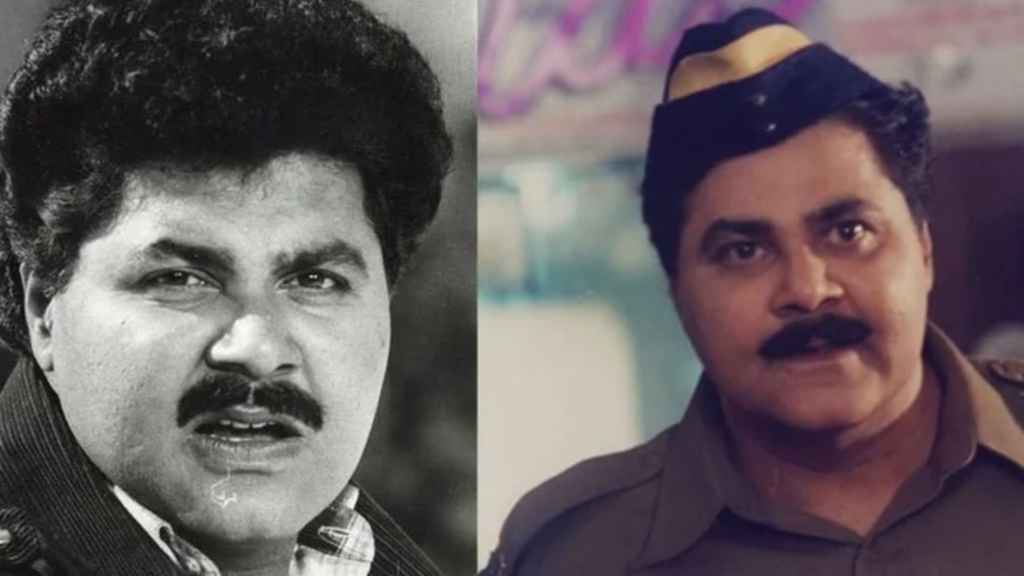
The news was like an unexpected, soft halt in the din of our everyday lives. Actor Satish Shah, a person whose face could cause a smile, died at his Mumbai residence. He was 74 years old. For millions of Indians who watched him grow up, it was like losing a silly, loved uncle. The man who taught us that comedy did not necessarily mean slapstick, but timing, wit, and a twinkle in the eye, had taken his last bow.
His longtime aide, Ramesh Kadatala, confirmed the tragic news, leaving a space in the hearts of fans and the Indian film fraternity alike. Director Ashoke Pandit described it as a “huge loss,” recalling him as a jovial person. As tributes flow in on the social media, it becomes evident that Satish Shah was not merely an actor but a beloved figure in our shared memory. His path from being an FTII graduate to household name is a masterclass in adaptability and commitment.
Here in this tribute, we take a walk through the remarkable career of this stalwart. We will delve into the performances that earned him a legend and the peculiar charm that made him irreplaceable. From the anarchic satire of Jaane Bhi Do Yaaro to the urbane humour of Sarabhai vs Sarabhai, his performances are a gold standard for comic acting in India. This is not just an obituary; it’s tribute to a life committed to laughter.
The Curtain Call of Peace: A Quiet Exit in Bandra
Saturday, July 6th, afternoon brought the sad news of the passing of Satish Shah. He died at his home in Bandra East, Mumbai. The facts, as put out by his three-decade-old personal assistant Ramesh Kadatala, indicate a quiet passing at home. More details came from filmmaker Ashoke Pandit, who let on that the much-loved actor died of kidney failure.
Pandit revealed Shah’s health suddenly declined when he was at home. He was taken immediately to the hospital, but unfortunately, could not be saved. The profession was not yet over the loss of ad-man Piyush Pandey when this fresh wave of mourning hit. The cremation took place the same day, a private and low-key ceremony for the family. The abruptness of his exit has also left everyone in his team and fans with a deep sense of shock.
Farah Khan, under whose direction he worked in the classic Main Hoon Na, posted on Instagram about her grief. She recollected him as a “joy to know and work with,” underscoring the personal connection the two of them shared outside the sets. She touchedingly talked about how she would miss the daily jokes and memes he shared with her, a testament to his perpetually youthful and funny outlook. Karan Johar and many others too put up sentimental messages, depicting a man who was as great off-screen as he was on-screen.
The Making of a Legend: From FTII to the Silver Screen
Satish Shah was born on June 25, 1951, in Bombay to a family of Kutchi Gujaratis. This background would later turn out to be a recognizable and lovable aspect of his screen identity, particularly in his popular Gujarati characters. The fire for acting got him admitted to the prestigious Film and Television Institute of India (FTII), a cradle for some of the best talent in Indian movies. This institutionalized instruction provided a solid foundation for a career that would be characterized by precision and craftsmanship.
His debut as a film actor was in 1978 social drama Arvind Desai Ki Ajeeb Dastaan. This was followed by a role in Muzaffar Ali’s Gaman in 1979. They were small, serious parts, far removed from the comic legend he was destined to become. They indicated his range and his willingness to begin at the bottom. He was not a overnight success; he was an artist laboring diligently, waiting for his big break to arrive.
That arrived in 1983 in the form of a movie that would forever alter Indian comedy. Kundan Shah’s Jaane Bhi Do Yaaro was a revolutionary, satirical classic that made a biting, sidesplitting commentary on corruption. In this supporting cast of legends such as Naseeruddin Shah and Om Puri, Satish Shah created his own niche. Playing the corrupt Municipal Commissioner D’Mello, a man whose deadpan expression and bureaucratic idiocy became overnight legend.
The Small Screen Sultan: Winning Over Television with Yeh Jo Hai Zindagi
While movies brought him fame, TV turned Satish Shah into a house-hold name. In 1984, the sitcom “Yeh Jo Hai Zindagi” exploded on Doordarshan and was a national craze. What made Shah stand out in this show was an unprecedented creative choice. Shah played a different character in every one of the show’s 55 episodes, a feat not often tried before or since on Indian television.
It was not a gimmick; it was a dazzling tour de force of his remarkable versatility. One week he was an arrogant businessman, the next a hapless waiter, and the following week a nervy bridegroom. He developed fifty-five different personas, each with its own mannerisms and comedic timing. This part demonstrated that he was more than a comedian, he was a brilliant character actor who could become one with any role he was assigned.
While “Yeh Jo Hai Zindagi” demonstrated his range, “Sarabhai vs Sarabhai” exhibited his perfection. In the early 2000s, this sitcom on a rich, dysfunctional South Bombay family redefined Indian television comedy. Amidst this mayhem was Satish Shah in the role of Indravadan Sarabhai, the head of the family. Indravadan was a scientist, a space buff, and a cynic, all delivered with a drolly straight face.
His acting out of Indravadan was a masterpiece. He was cheeky with his middle-class daughter-in-law, Monisha (Rupali Ganguly), but his taunts were never unkind. They were laced with a silent, unstated love. His rapport with Ratna Pathak Shah, his wife Maya, was magic. Their repartee and exchange of knowing glances set the benchmark for on-screen couples.
The programme created a cult following which only increased in strength once it had stopped airing. So big was its popularity that it was revived for its second season in 2017 on a digital channel. Even after over a decade, Satish Shah fell into the character of Indravadan like no time had elapsed. He taught an entire generation that the most intelligent comedy is often the one that doesn’t try too hard to be funny.
The Bollywood Mainstay: A Pillar of Countless Blockbusters
Alongside his TV success, Satish Shah also amassed an impressive list of more than 250 films. He emerged as the first choice of directors who required a dependable, skilled actor to provide warmth and humor to their narratives. He was never the leading man, but wherever he appeared, the scene was hijacked by him. He was part of the supporting cast that makes Bollywood movies so diverse and memorable.
Who would forget his lovable appearance as Shah Rukh Khan’s bandmaster buddy in “Kabhi Haan Kabhi Naa”? Or his stint as the friendly, doting father in *Hum Saath Saath Hain*? In the 2000s, he became an integral part of most big-budget productions. He was Shah Rukh Khan’s father in *Main Hoon Na*, Karan Johar’s school principal in *Kal Ho Naa Ho*, and a vital role in the reincarnation saga *Om Shanti Om*.
His timing in comedy was impeccable, whether as a frustrated father in “Mujhse Shaadi Karogi” or a worried relative in “Akele Hum Akele Tum”. He paired with Aamir Khan in “Fanaa”, showcasing his versatility across genres. In each of his roles, be it big or small, he instilled a sense of reality and laid-back charm that made his characters believable and accessible.
The Man Behind the Laughter: A Life of Quiet Dignity
Far from the arc lights and bellowing laughter, Satish Shah lived a life of quiet dignity and privacy. He was married to celebrated fashion designer Madhu Shah, and together they shared a strong, creative partnership behind the public glare. Unlike some of his contemporaries, he was never ever one for controversies or splashy headlines. His work was his voice, and it shouted loud.
The tide of sorrow expressed by his colleagues speaks so highly of the man he was. Farah Khan’s statement of him sending jokes and memes every day tells us about a man who was young at heart. He welcomed the changing times and adapted himself to new ways of connecting and making people laugh. He was a senior with a technological bend who knew the language of the new generation, and that made him more lovable.
Ashoke Pandit’s description, terming him a “jovial person,” is the only reflection of what each of his friends felt. In a profession that is as unpredictable as his life turned out to be, Satish Shah earned the goodwill of being a complete professional and a generous human being. He was an actor who prioritized his art above stardom, and his people over contacts. It was this very simplicity that emanated the warmth from his acting.
A Legacy Etched in Laughter: Why Satish Shah Will Forever Be Missed
Satish Shah’s death puts an end to an era in Indian cinema. He was part of a rare breed of actors who were character artists per se. They did not require the arrival of the hero to leave their mark; their skill was sufficient enough to leave an indelible impression. Amidst a world dominated by booming and over-the-top comedy, his school of thought was an eye-opener in terms of subtlety and sophistication.
His legacy is not only in the characters he acted, but in how he acted them. He never condescended to comedy or looked down upon it as a secondary art. He treated every role, whether in a cult favourite or a massy blockbuster, with the same seriousness and commitment. He showed that the job of making people laugh is one of the most honourable ones, demanding a lot of skill and heart.
To us, the viewers, he is ageless. Indravadan Sarabhai will go on to peer over his glasses and make a perfectly timed sardonic comment. Municipal Commissioner D’Mello will be forever marooned in the Mahabharata tableau. And the fifty-five characters of “Yeh Jo Hai Zindagi” will remain in the annals of great TV. Satish Shah may have exited the stage, but the memory of his laughter will never die.
He taught us that comedy could be classy yet uncomplicated, satirical yet affectionate. He was, and will remain, the great Indian comic actor of films and television. As we bid farewell to Satish Shah, we don’t merely lament his departure; we rejoice at the innumerable moments of happiness he provided us. And for that, we shall remain thankful forevermore. Om Shanti.
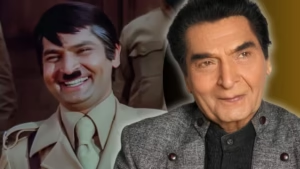

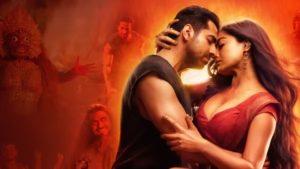

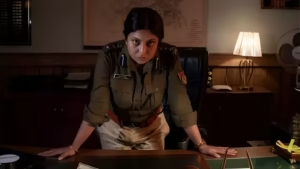
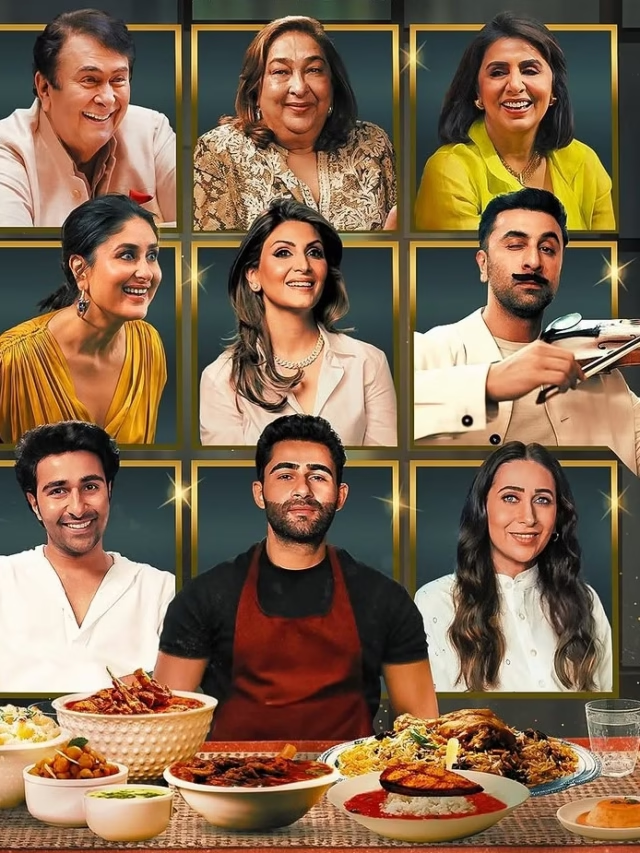



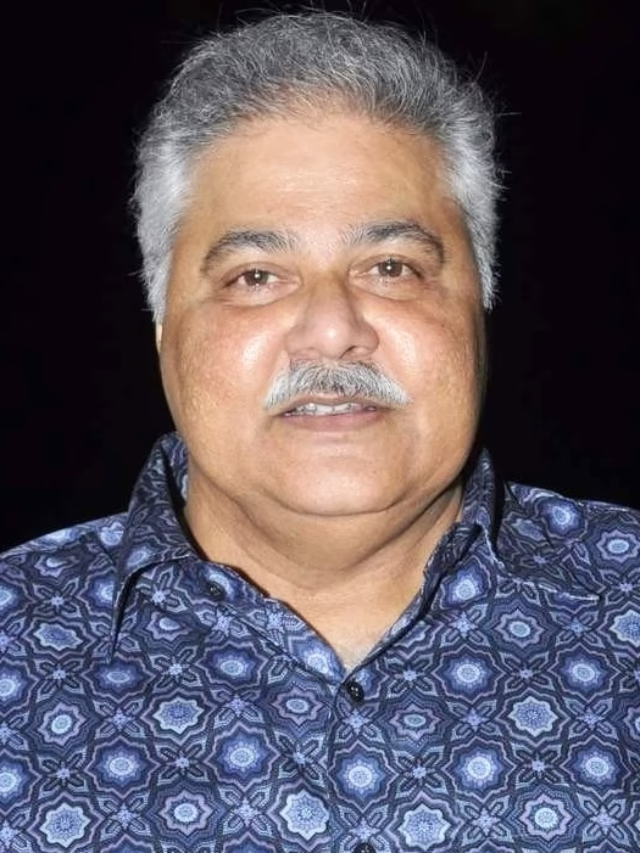
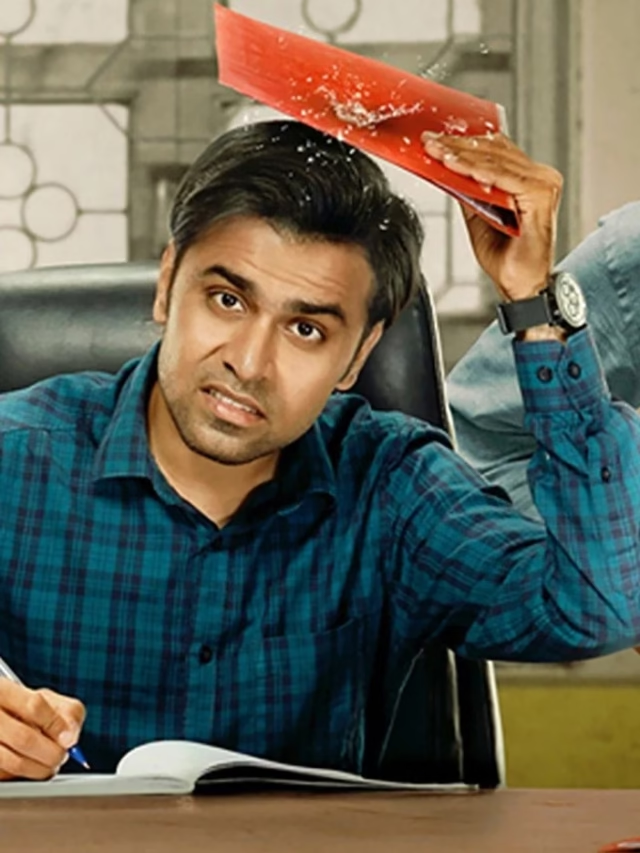
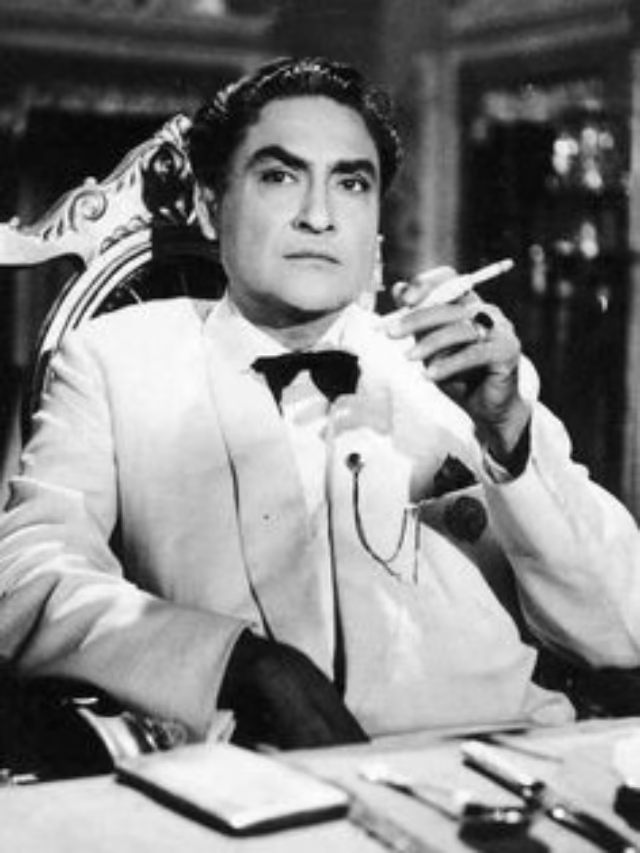





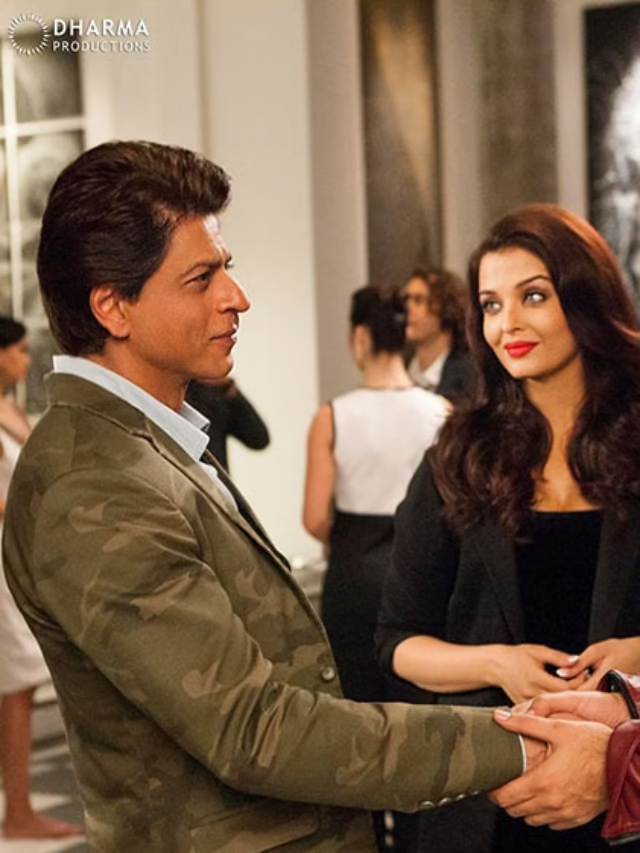

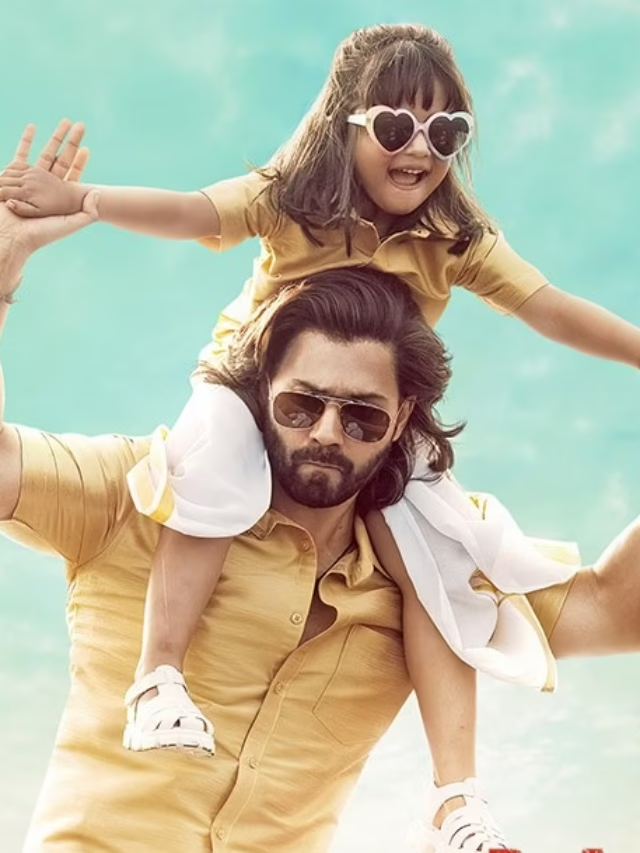
Pingback: Mastiii 4 Trailer Launch: Vivek, Riteish & Aftab Reunite for Bollywood’s Craziest Comedy of 2025! - SpicySaga Blogs
Pingback: Why Shehbaz Badesha’s Comment on Sidharth Shukla Has Divided Bigg Boss 19 Fans - SpicySaga Blogs